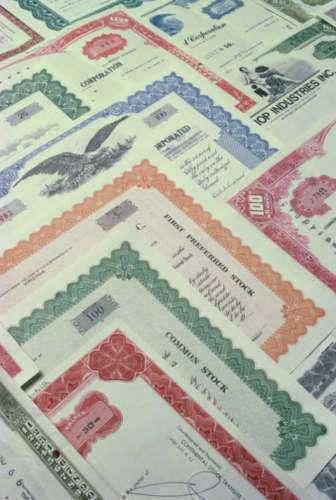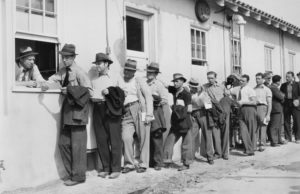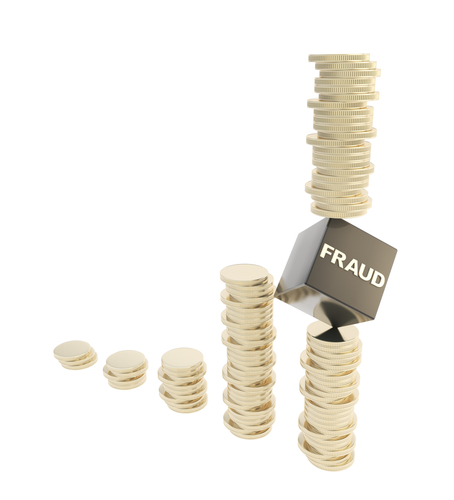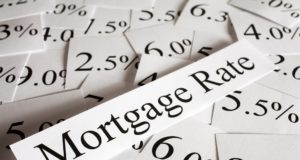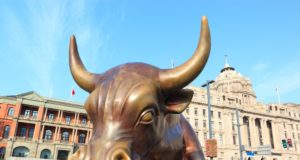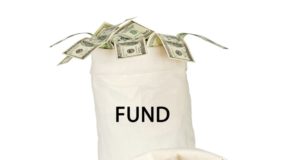What Are The Types of Tax Fraud
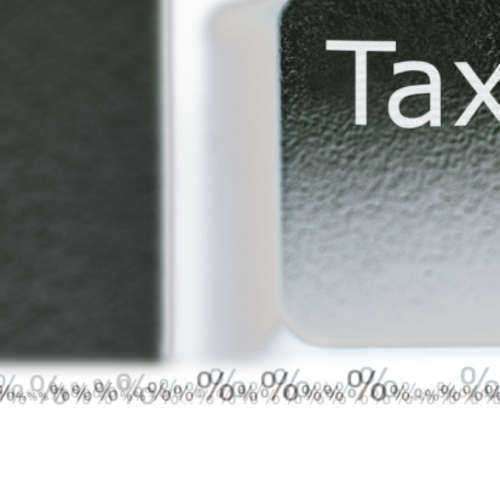
What is Tax Fraud?
Tax Fraud is classified as the purposeful,unlawful criminal act committed by an individual – or entity undertaken in with the intent of avoiding the satisfaction of taxes owed to the Federal Government Department of Taxation or the Internal Revenue Service (IRS).Tax Fraud is a nature of fraud in which the perpetrator conducts illegal, unlawful, fraudulent, and typically clandestine activity in order to avoid the payment of taxes applicable to – and expected of – the business or commercial operation in question.
Types of Tax Fraud
Tax Fraud can take place in a variety of methods; furthermore, the means undertaken by individuals committing Tax Fraud can range in their nature, as well:
Misrepresentative Tax Fraud
Misrepresentative Tax Fraudis defined as the purposeful act of misrepresenting the status of finances, income, or expenses in order to intentionally avoid the fulfillment of tax payment required by a specific individual or entity:
This type of Tax Fraud can take place in the event that an individual not only misrepresents their respective, reported earning with regard to the fiscal year, but as a result, misrepresents the amount of tax payments owed; due to the fact that taxation is calculated by the earnings of an individual, a misrepresentation of earnings is corollary to a misrepresentation of expected tax payments
With regard to Tax Fraud, Money Laundering is the purposeful concealment of earnings through the facilitation of masking endeavors undertaken with regard to the accurate portrayal of detailed earnings; money can be laundered upon misrepresenting both the sources of income, as well as the whereabouts of that income
Falsified documentation involves the purposeful and fraudulent misrepresentation of financial records undertaken to mask the true amounts of income and resources with regard to tax fraud; illegal falsification of documents is typically employed in order to conceal accurate financial reports
The usage of offshore – or international – banking accounts is typically undertaken by individuals laundering funds or monies into untraceable or hidden bank accounts existing in other countries or nations; this type of tax fraud is typically undertaken in order to conceal the true amount of earnings, funds, or monies in possession in order to commit tax fraud – skewed earnings reports typically result in inaccurate tax payments
Tax Evasion
In contrast to Misrepresentative Tax Fraud, the nature of Tax Evasion is defined as the intentional and deliberate criminal activityundertaken by an individual – or entity – with the intent of defrauding the Federal Government by completely avoiding the fulfillment of taxes owed; while certain methods of tax evasion may be undertaken with regard to Misrepresentative Tax Fraud, certain cases involving Tax Evasion may be employed to avoid the satisfaction of taxes altogether:
Unemployment Fraud is not uncommon within the realm of criminal activity attributed to complete tax evasion and tax fraud; individuals may continue to collect unemployment benefits while maintaining additional employment classified as ‘Off of the Books’ – this classification is result of the absence of reporting earned income rendered from a particular act of employment




 What are FOREX Rates?
What are FOREX Rates?